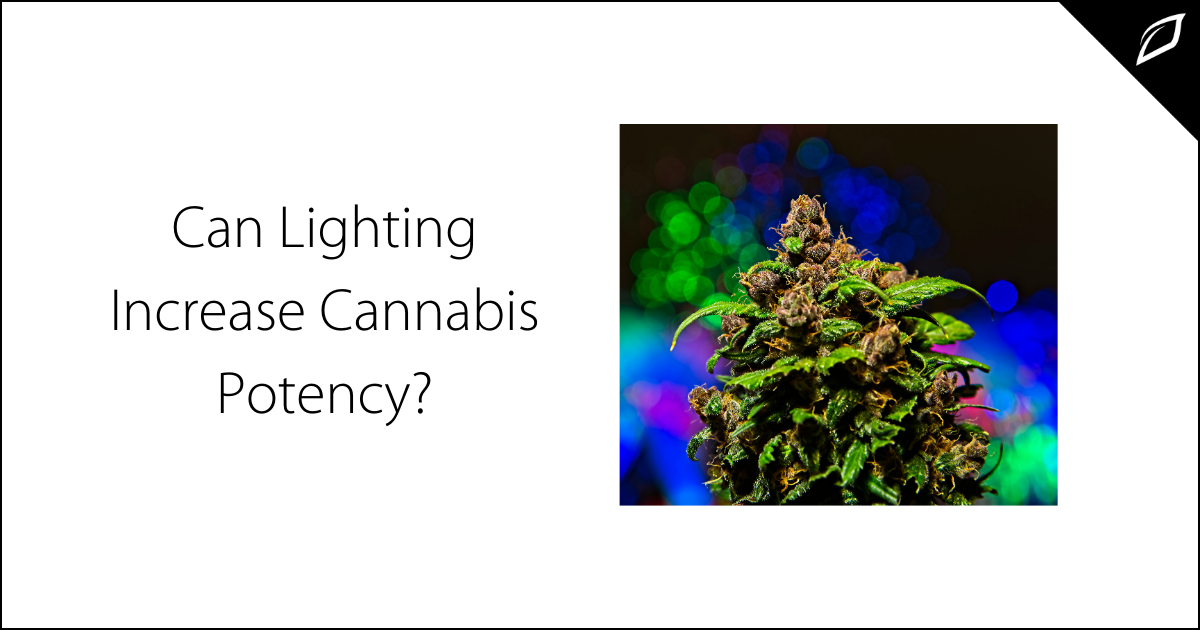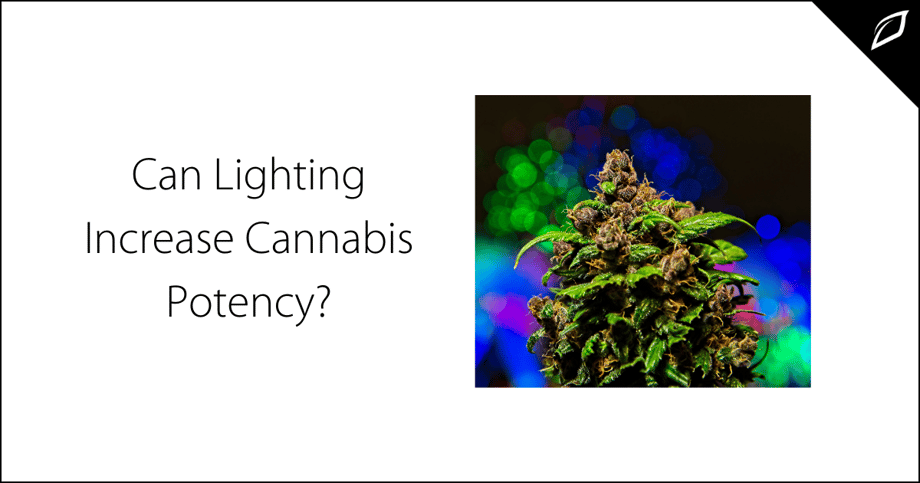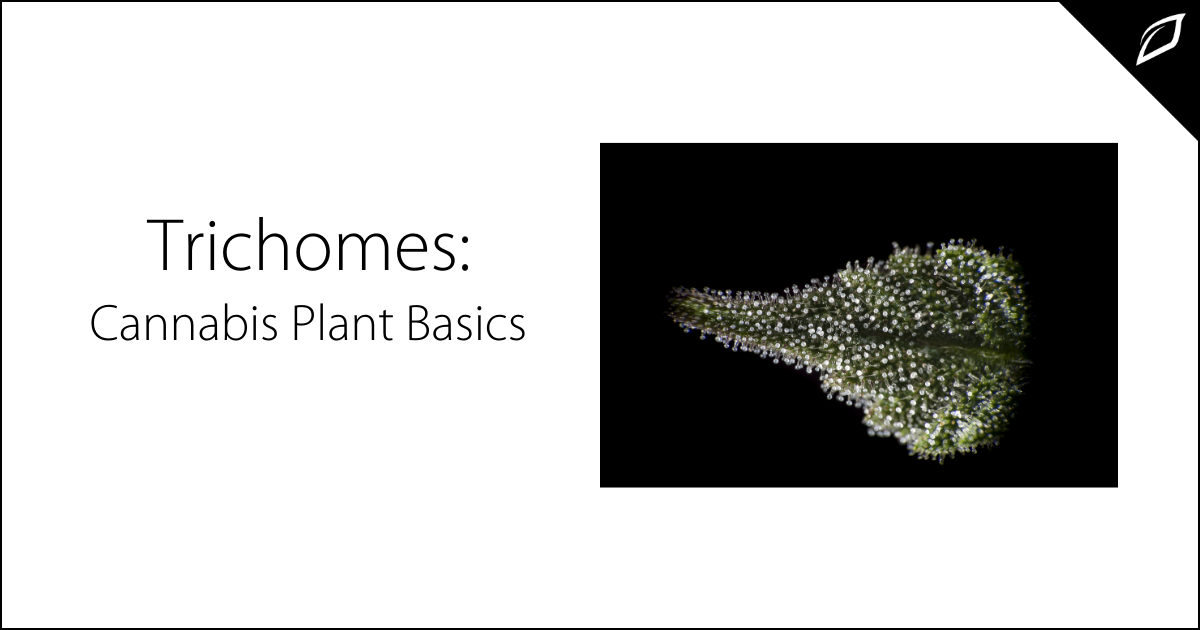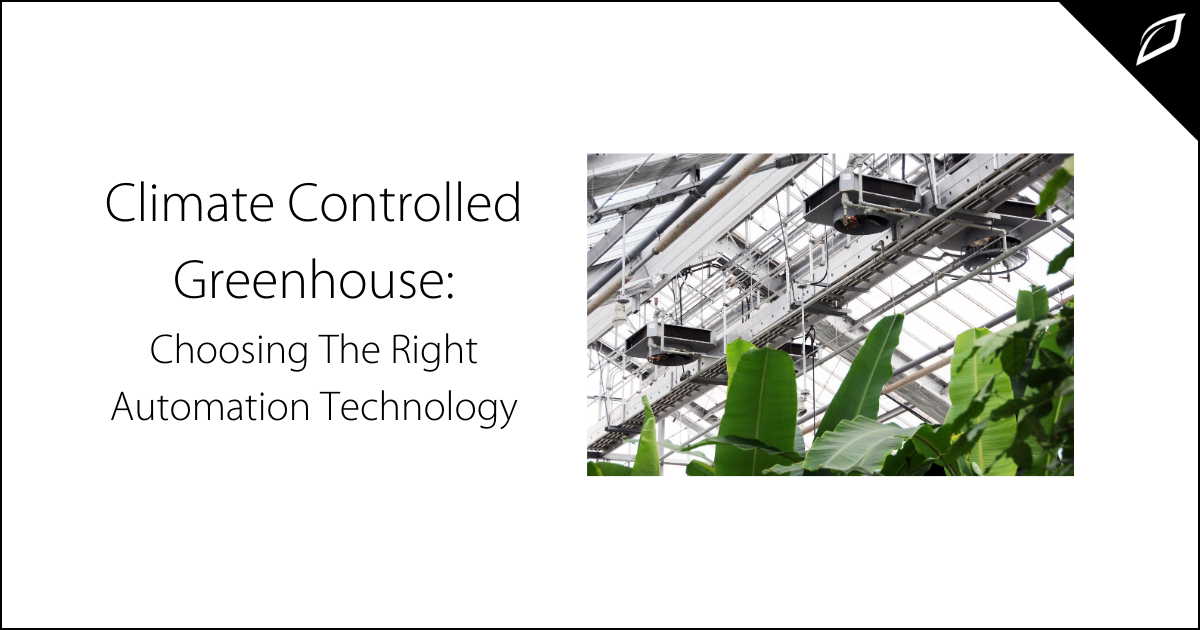Topping Cannabis
How To Train Your Plants Topping is a fundamental tool used to train plants. It enables growers to force plants to grow horizontally instead of...

Many factors influence the THC potency of cannabis plants. Environmental factors like temperature, humidity, nutrition, and genetics all play a part in terpene content and THC potency. An often overlooked factor is lighting. Let's examine how lighting can impact cannabis potency.
How lighting impacts plants.
Plants use photosynthesis to generate energy, literally trapping light energy with their leaves. Once trapped, they harness the energy to change water and carbon dioxide into glucose or sugar. Glucose is used by plants for energy and to make substances like cellulose and starch.
All plants can adjust to more or less light, but dialing in the exact amount of light at different stages of plant growth encourages plants to thrive. But there's more to it than just the duration of light; there are different spectrums of light that impact plants as well.
Observation leads to innovation.
Prior to the widespread legalization of cannabis, medicinal cannabis growers explored ways to improve their product by increasing its potency. An astute grower in California noticed that plants with higher potency were typically grown near the equator at high elevations. He speculated that plants exposed to high UVB light somehow increased THC and terpenes.
Plants rarely display UV-damage, demonstrating that they have evolved proper protection and repair mechanisms against UVB light. One could presume that the UV-protection created in response to UVB light exposure is THC, and terpenes, similar to melanin in our skin protect us from the sun's harmful rays.
What are UV lights?
The UV waveband is outside of the PAR waveband and may offer new horticulture applications. Most people know that you can get sunburned from exposure to UV light. Plants can become damaged from exposure to UV radiation, just like people but rarely show signs of damage. Plants, unlike people, naturally create protective compounds to mitigate injury. Plants exposed to UV may turn darker or more purple, and some studies suggest that UVB light can enhance essential oil content and phenolic compounds in some herb species.
Cannabis Sunscreen = THC ?
Because studies suggest that UV light exposure enhances some oil and phenolic compound production, could cannabis plants exposed to UV light create higher THC potency as the result of a protective reaction? The data certainly looks that way, but this hypothesis is not supported by academic studies yet, since it is still federally illegal.
Typical indoor grow lights used in most cannabis cultivation (HPS and LED lights) contain virtually no UV light. But as the industry evolves, expect to see that change. Cannabis production is continuously pushing innovation in technology, and grow lights are no exception. If ultraviolet radiation can be harnessed to increase THC potency and terpenes, the sky really is the limit in lighting and growing technology.


How To Train Your Plants Topping is a fundamental tool used to train plants. It enables growers to force plants to grow horizontally instead of...

If you're a horticulturist, then you're already familiar with what glandular trichomes (GT's) are and how they work to protect plants. But for the...

Choosing the right automation technology. The modern greenhouse utilizes technology to automate many daily tasks associated with a bustling grow...